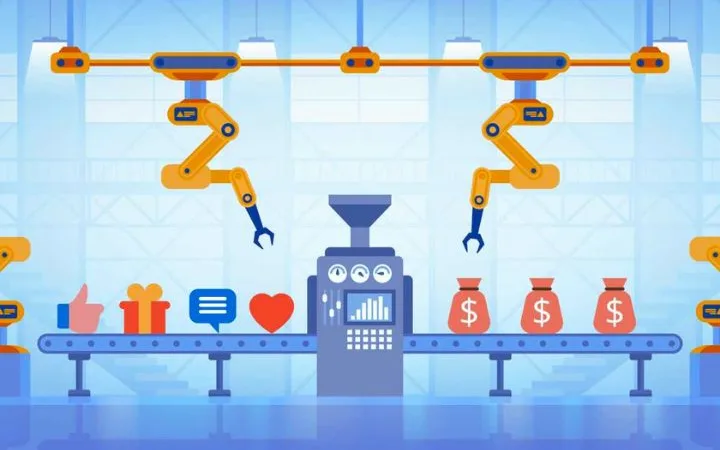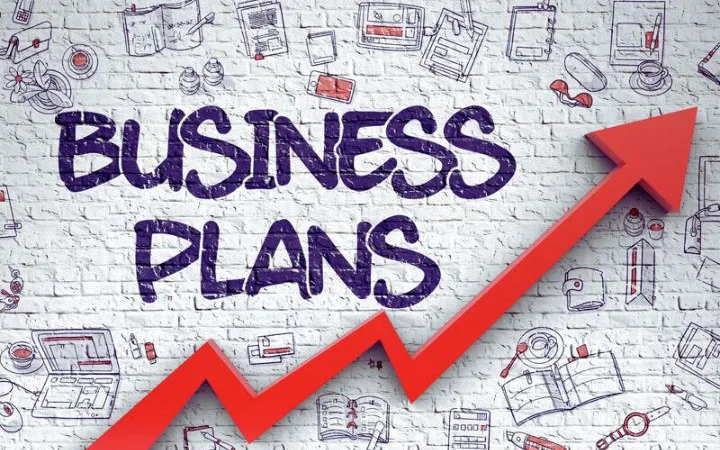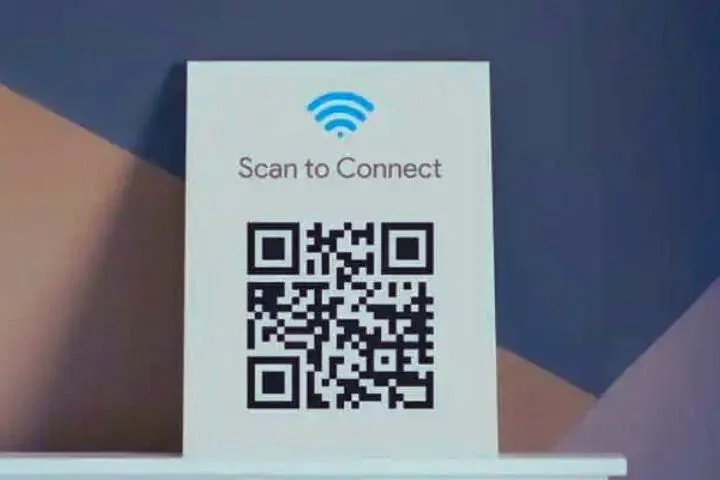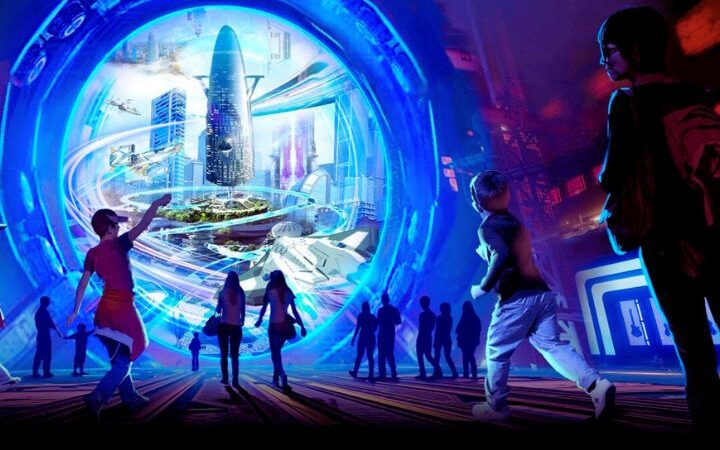What Is A Customer Journey Map?

In this article, we explain about Customer journey map and how to satisfy the needs of customers.
Table of Contents
Obsessed With Customers
“Being consumer-focused allows you to be first,” said Amazon CEO Jeff Bezos . They know it well: they are one of the companies that has grown the most in recent years. And, indeed, one could say that from day one they have shown that they have a permanent obsession with placing the customer at the center of their strategy as a company. For that, it is convenient to understand what is Customer Journey Map.
This is a widely extended concept: placing the customer at the center ( customer centricity in English). Putting our clients at the center means thinking of them every time a decision is made. And that means it does things like:
- Properly define the target of our company (our customer segments).
- Understand how customers feel when they interact with us.
- Align processes, people and technology with the needs of our customers.
- Incorporate customer feedback into the design of our products and services.
- Measure our results using customer-centric kpi’s.
- Map the customer journeys of our clients (we will focus on this part soon).
In short, transform the culture of the company and make the leadership get the best out of our teams to give the best results to customers.
But practicing that strategy of putting the customer at the center is not always easy. It is our priority, but it is hard, it may not be profitable and it almost always catches us busy with other things. Let’s face it: putting yourself in our customers’ shoes (great metaphor) is hard.
Also Read : Feedback And Its Significance
So what can we do? Here I am going to dwell for a moment on an idea of leadership that seems key to me. Years ago, at a leadership event, someone asked Sam Palmisano (IBM Global CEO for years) why his stay in Japan had been so important in his career. Palmisano replied that it was “because he had learned to listen.” In fact, he stressed that he had learned to listen by having a single goal: to understand. “I was just trying to understand what the person was trying to convey to me. I wasn’t listening to criticize, to object, or to convince.”
The idea is powerful: listen to the customer to understand their needs and be able to respond in the best possible way. But how is the process by which a client approaches our products? We have been working on understanding this journey (this Customer Journey ) for many years. In 1910 the American philosopher, pedagogue and psychologist John Dewey developed his theory on the purchase decision process. Basically it was a cost-benefit analysis that established 5 stages:
- Problem / Need for Recognition. Understand the problem or need and the type of product/service that can provide an answer.
- Information Search. The consumer investigates what can satisfy that recognized need.
- Alternative Evaluation The consumer evaluates the options to find out which product/service best suits what he needs.
- Purchase Decision. After the evaluation, the consumer has a clear decision.
- Evaluation. After the sale, the consumer experiences the sensation of using the product/service and evaluates it.
This process defined by Dewey has had its continuity in subsequent models such as the one developed in 2005 by AG Lafley, president & CEO of Procter & Gamble, who defined what are known as the moments of truth in the decision-making process of a client.
The “First Moment of Truth” (FMOT) is when the consumer is faced with a shelf full of similar products, from different brands. In the “Second Moment of Truth” the customer consumes the product and lives the experience it provides. In both moments there are different relevant variables that explain what is happening.
In 2011 Google incorporates its famous “Zero Moment of Truth” (ZMOT) that recalls the initial stages of the purchase process defined by Dewey at the beginning of the 20th century. Let’s remember: at the beginning of a purchase process, the customer feels a need, receives stimuli and looks for options. And since Google came into our lives, that “Zero Moment of Truth” is no longer understood without searching for information, references, opinions… on the internet (Google) and, not so long ago, also on social networks ( that have flooded our lives).
Without a doubt, what we can define as the digitization of our lives has transformed the customer’s purchasing process (for example with the advent of the Mariposa Customer). Their expectations have increased, and they now expect faster, simpler and more efficient processes. And also a greater personalization of the product/service in a trend towards what is called Business-to-Me (B2Me). This implies placing the customer at the center of the new digital strategy:
What Is Customer Journey Map
And in that objective, the Customer Journey Map becomes a great ally. A “customer journey map” is a tool that allows us to understand the process (and its respective phases) that customers who purchase our product/service go through. In addition, it provides us with a global vision of this process, and allows us to identify opportunities and types of actions focused on improving results.
Steps To Build The Customer Journey Map
To know what the Customer Journey Map is, we must understand the previous steps. As I said, it is a work of design and ideation with a high load of analysis, creativity and innovation. Basically we will have to follow these steps:
- Identify the customer. We must create our Buyer Persona , that is, a representation of our client (profile or client file).
- Understand the stages of connection with our client (“put ourselves in their shoes”) and draw the touch points on a timeline.
- Establish customer motivations and information about their experiences in the different channels.
- Analyze the key moments: when do you need more help? What do you like? What makes you angry? Why do you feel that way?
- Analyze opportunities and feelings. Each point of contact is an opportunity to improve our knowledge of the client.
- Map the interactions (positive and negative emotions).
Also Read : How To Start Your Own Virtual Call Center






